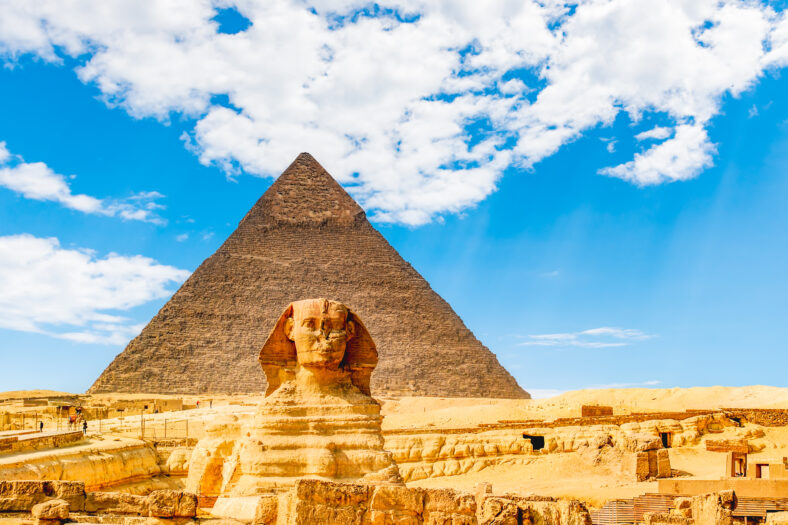A Tomb Of A Pharaoh Was Found In An Ancient Necropolis, And The Discovery Could Shed Light On A Lost Egyptian Dynasty

At the ancient necropolis of Anubis Mountain, the massive 3,600-year-old tomb of a pharaoh was found. The discovery will hopefully shed some light on the little-known Abydos Dynasty.
The Abydos Dynasty ruled over Upper Egypt between 1700 B.C. and 1600 B.C. It is so poorly documented that experts question if it even existed. It is often known as the “lost dynasty.”
Abydos is one of Upper Egypt’s oldest cities. It is located approximately six miles from the Nile River. It is believed to be the burial place of Osiris, god of the netherworld, and a gateway to the afterlife. The site holds great historical and cultural significance.
In January 2025, the impressive royal tomb was found nearly 23 feet underground. The expedition was led by a team of researchers from the University of Pennsylvania.
They believe that the tomb’s owner reigned during the Second Intermediate Period, a time of economic and political instability. The tomb featured a limestone burial chamber with a decorated entryway and mud-brick walls that were about 16 feet tall.
At the entryway of the tomb, the researchers saw inscriptions for the goddesses Isis and Nephthys, who were associated with mourning and the afterlife. In addition, they noticed golden bands of hieroglyphs that most likely depicted the king’s name, although his identity is still unknown.
“The king’s name was originally recorded in painted scenes on plastered brickwork that decorated the entrance to the limestone burial chamber,” said Dr. Josef Wegner, a professor of Egyptian archaeology at the University of Pennsylvania.
“However, ancient tomb robbers damaged the hieroglyphic texts and not enough survives to read the king’s name. There are several possible owners for the new tomb, including two kings named Senaiib and Paentjeni who dedicated monuments at Abydos but whose tombs remain unknown.”
The newly unearthed tomb was much larger than other tombs from the same dynasty. The unidentified pharaoh could have been one of King Seneb-Kay’s predecessors, as their tombs had a similar decorative style. King Seneb-Kay ruled sometime between 1650 B.C. and 1600 B.C.

Sign up for Chip Chick’s newsletter and get stories like this delivered to your inbox.
Excavations will continue throughout 2025 across more than 100,000 square feet of desert at Anubis Mountain. The researchers will use advanced technology like remote sensing, photogrammetry, and magnetometry.
“Ongoing excavations also include protection, site management, and conservation of these structures. That is a part of our commitment to the site in cooperation with the Egyptian Ministry of Tourism and Antiquities,” said Dr. Wegner.
“Together, we have now opened King Seneb-Kay’s and King Senwosret III’s tombs as visitable monuments, and we’re in the process of opening other ones in the very same area where this new tomb was found. This discovery is a new window to understanding the origins of the enigmatic Abydos Dynasty.”
More About:News